#circa 1877
Explore tagged Tumblr posts
Text

i knowwwww this kid was such an asshole
#i want to take him away and save him from everything#- dutch circa 1877 probably#i quite literally never draw so this is scary scary#blurred stock image background say what!!#red dead redemption 2#rdr2#arthur morgan#old guard#young arthur morgan
15 notes
·
View notes
Text
Maria Júlia do Nascimento, a Dona Santa, a mais conhecida rainha dos maracatus recifenses, nasceu no dia 25 de março de 1877, no pátio de Santa Cruz
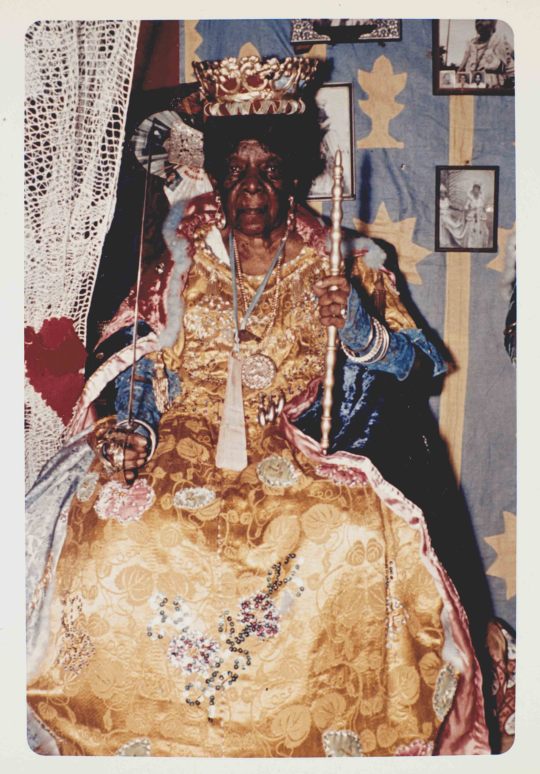
Dona Santa (Maria Julia do Nascimento Com 84 Anos), Rainha do Maracatu Nação Elefante em sua Sede no Bairro da Encruzilhada - Recife Em 1961.
Photo Katarina Real.
#Maria Júlia do Nascimento#Dona Santa#rainha dosmaracatus recifenses#nasceu no dia 25 de março de 1877#no pátio de Santa Cruz#Recife PE#Recife City#pernambuco#nordeste#photography#photo#vintage#vintage photography#Old Photography#Old Photo#Efemérides#Antigamente#Recife Antigamente#Foto Antiga#Circa 1961#1960s#Fotografias#Fotografia#Fotografia Antiga#Foto#Fundação Joaquim Nabuco#Katarina Real
5 notes
·
View notes
Text

Circa 1877, the old guard
#ourthur#rdr2#arthur morgan#rdr2 fanart#red dead redemption 2#the old guard#hosea matthews#dutch van der linde#the curious couple and their unruly son
3K notes
·
View notes
Text

Crow and Blossom (circa 1910) by Ohara Koson (1877–1945).
Woodblock print.
Wikimedia.
484 notes
·
View notes
Text
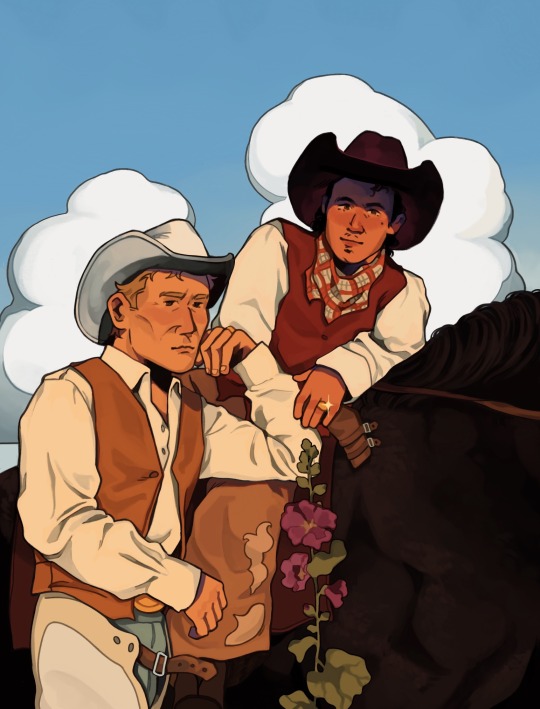
vandermatthews on their honeymoon circa 1877
#vandermatthews#rdr2 fanart#dutch x hosea#hosea matthews#dutch van der linde#red dead redemption two#my art
2K notes
·
View notes
Text

Charles Marville (1813–1879)
Coin des rues Saint Dominique et des Saint Pères. Paris VI et VIIe. Circa 1877
54 notes
·
View notes
Photo
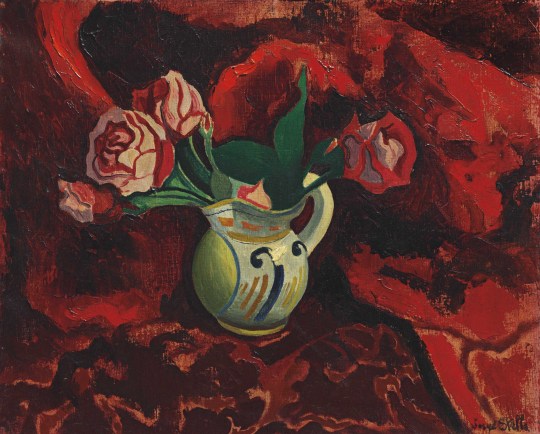
Joseph Stella (Italian-American,1877-1946)
Flowers, circa 1924
Oil on canvas
139 notes
·
View notes
Text

Khevsurian warrior (Georgia) circa 1877
75 notes
·
View notes
Text
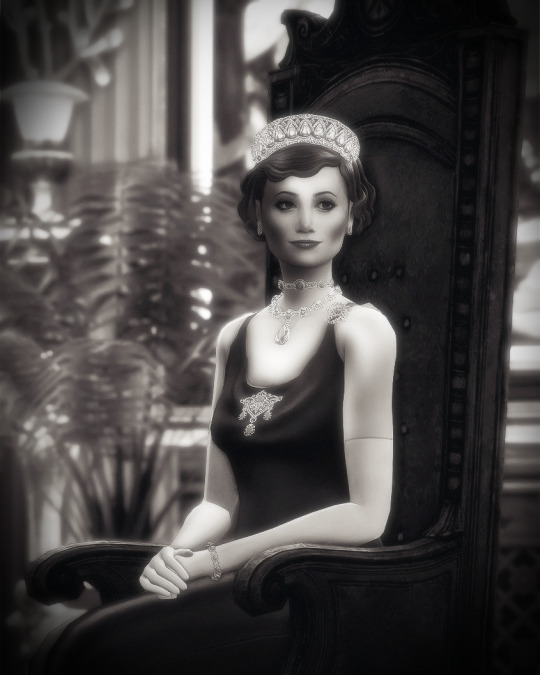
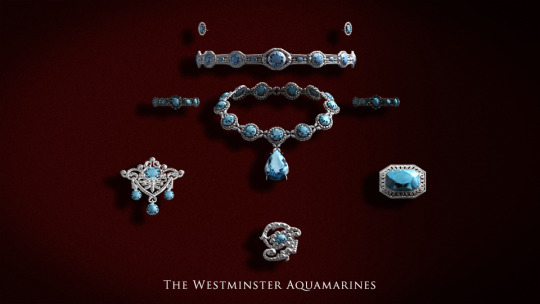
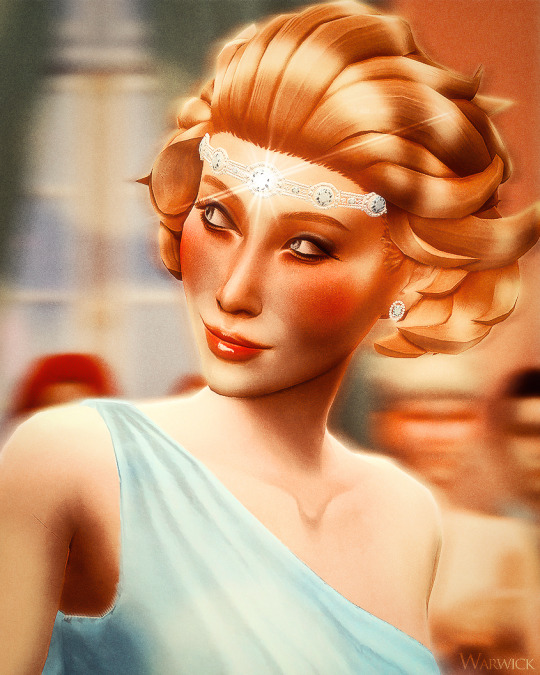

Sunderland's Royal Jewel Vault (27/∞) ♛
↬ The Westminster Aquamarines
The Sunderlandian royal family has several magnificent parures of aquamarine jewellery. One of these collections, the Westminster Aquamarines, features some of the royal family’s oldest and most iconic jewels; uncovering their history takes us back nearly two hundred years. In 1830s, Sunderland was a lone constitutional monarchy in North America, bordered by the United States in the northeast and Mexico to the southwest. The early 19th century had seen the country’s steady expansion westward thanks to territorial acquisitions from the Spanish and British. This period of territorial and economic growth, however, was cut short by the early death of Sunderland’s Hereditary Prince in 1835. Hereditary Prince Frederick James was just shy of thirty, the only son of King Louis III and his beloved first wife, Princess Amelia of the United Kingdom. Freddie was also the only legitimate male-line grandson of King Louis II, as a result, his death complicated Sunderland’s succession. The question of who would succeed Louis III ignited a fierce rivalry among the King’s younger brothers, as they scrambled to marry and produce an heir to the throne. The Duke of Lennox and St. George, the King’s first brother and heir presumptive, married an obscure German princess. The Duke of Glencairn, the King’s second brother, married the daughter of a wealthy British statesman. But it was the King’s fifth brother, Prince Augustus, the Duke of Westminster, who looked for a bride closer to home. Lady Martha Whitley was twenty years younger than her husband-to-be, a descendant of the Prussian nobility that migrated to Sunderland following the election of Prince Heinrich of Prussia as King Louis I of Sunderland, Martha hailed from one of Sunderland’s oldest aristocratic families. Unlike some of her foreign, and significantly younger, sisters-in-law Martha was shrewd and held a deep familiarity of Sunderland's court life, this was reflected in her impressive jewelry collection. On her wedding day, Martha was gifted a small box of aquamarine pendants of various shapes and sizes. As Martha’s prominence at court grew, the aquamarines became known as the Duchess of Westminster’s Aquamarines. Over the years, the Duchess incorporated the aquamarines into a few pieces of jewelry including a necklace and a pair of earrings. The tensions surrounding Sunderland’s succession died down when the British-born Prince George of Glencairn became king in 1860. By then Westminsters had three children, Prince Louis, who became Duke of Westminster following his father’s death in 1877; Prince Thomas, and Princess Elizabeth Anne. The family was popular with nobility and the public alike, but they weren’t without their scandals. After Prince Louis enraged King George by marrying without permission, his subsequent children were declared illegitimate and barred from inheritance. Finding a suitable wife for Prince Thomas, now heir to the Westminster Dukedom, became a top priority. In 1876, Prince Thomas met and fell in love with Princess Marie of Hanover, a male-line great-granddaughter of King George III and therefore a British princess. The couple married in 1880, but struggled to have children. In 1887, their only surviving child was born in the presence of Queen Alexandra. The little princess, given the lengthy name Alexandra Anne Martha Georgina Dagmar Gloriana Marie, would be known to history as Princess Anne of Westminster. Growing up, Anne was placed in the direct care of her Dear Granny Martha.
My grandmother was magnificent. She was kind but strict, with old-fashioned ideas about how a princess should be brought up. - Queen Anne of Sunderland, circa 1953
The Duchess of Westminster had high hopes for her only male-line granddaughter. Indeed, Anne’s maternal cousins were well-connected to the British and Danish royals, as well as the Imperial families of Russia and Germany. By the time Anne was twenty, she’d been taken on several trips to Europe, excursions she came to loathe. Anne’s anxiety worsened when she was rejected by several families. After her mother died in Austria, Anne returned from Europe “alone and feeling rather sorry for myself”. Back in Sunderland, Anne made friends with her second cousin once-removed, Prince George, the Duke of Woodbine and eldest son of the Prince and Princess of Danforth. Over the years, the pair’s friendship developed into a romance and in 1911, King George allowed the couple to marry. That same year, the Duchess of Westminster died, and Anne inherited the largest jewel collection in the royal vault, aquamarines included. Anne and George married in 1913. Anne, now Duchess of Woodbine, was one the most dynastically important ladies at court and she set to work reworking her grandmother’s jewels into spectacular works of art. For King George and Queen Alexandra’s 1920 Diamond Jubilee, Anne commissioned Garrard to work the aquamarines into a parure that included a necklace, a choker, two brooches, and a pair of earrings. The parure paired nicely with the aquamarine Georgiyevna Tiara, which entered the family in the early 1920s. To this day, the Georgiyevna aquamarines are often mistaken for those of the Westminster set, showing how ubiquitous they’ve become with the main-line royal family’s collection. When Anne became Queen in 1930, she wore the aquamarines. Despite her overflowing jewellery box, the aquamarines were evidently her favourite and became synonymous with her name and legacy. The Westminster aquamarines have remained iconic long after Queen Anne’s time. Queen Irene became another famous wearer of the suite, wearing the choker as both a necklace and a headband in the 1980s. Queen Anne was an important figure to Irene during the early years of her marriage, and she wears nearly all of the jewels her grandmother-in-law left to her. In the 2010s, Tatiana, then the Princess of Danforth was seen in bits and pieces of the suite, notably the choker, signalling that the jewels will be carried on into the next generation.
Queen Anne of Sunderland, wife of King George II, wears the Westminster aquamarines with the Georgiyevna tiara for a promotional image, circa 1930
Queen Irene of Sunderland, wearing a powder blue satin evening gown along with the Westminster aquamarine choker as a headband, attends a gala dinner on April 30, 1984 in Auckland, New Zealand
#warwick.jewels#✨#not a tiara technically i don't care leave me alone#ts4#ts4 story#ts4 royal#ts4 storytelling#ts4 edit#ts4 royal legacy#ts4 legacy#ts4 royalty#ts4 monarchy#ts4 screenshots
50 notes
·
View notes
Text

JEAN DUNAND (1877-1942)
A LACQUERED AND SILVER LEAF WOOD FOUR-PANEL SCREEN, CIRCA 1925
29 notes
·
View notes
Text
Far away and long ago
One thing leading to another, I tried to watch A Princess for Christmas yesterday, prompted by my Peleș/Pelișor Anon answer and I have to say I am grinning as I write this post: it is, after all, a Hallmark movie, isn't it?
Maybe if I were drunk and/or in good company, it would have been easier. I was neither, so it was unwatchable. Even with the bits of personal nostalgia, knowing very well all the sets they used: from the two castles in Sinaia, to the Știrbei (princely) House private chapel in Buftea, to the Bragadiru Palace in Bucharest they obviously used for that ball. I finished skimming on fast forward for S and howled at this bit of Imdb trivia, I believe with all my heart to be wishful thinking:

Not only I do not believe ever seeing/hearing such a thing in all the interviews I have read/watched (of which they are a shameless handful), but it would be completely out of character for 'No Ego' 2014 S to declare such a preposterous thing (correct me if I am wrong, for I truly believe I am not).
Anyways. When it looks low budget, it is a low budget (with Eastern European logistics) D-series thing, despite all their efforts. Plot is downright stupid and the painful cheesiness permeating the slightest line uttered makes it unredeemable. Nuh-oh: not even to kill time, not even on a flight from Almaty to Saint Petersburg. No way.
Low budget is particularly apparent when it comes to costumes. This one, for example...

Her dress is ok-ish (heavily insisting on the -ish, here). But his uniform is an operetta reinterpretation of the Romanian Army's dorobanț (infantry) State Protocol uniform. An exact copy of the 1877 Independence War officer outfit (itself a Second Empire French uniform copycat, but that's just the historian in me nitpicking, of course):

The above is a very recent pic (2023 Remembrance Day festivities at a British War Cemetery near Bucharest). I know that place well, spent all my childhood 1 mile away, my grandparents owned a house in that village. It is a small, forlorn plot of infinite melancholy and a striking sight, with its carefully trimmed grass, among what used to be cornfields, circa 1984. 'This is British soil', my grandfather once told me and that made it both absurd and enticing: an alien enclave of sorts, a city of the dead. He was correct, by the way, and that gave our Remembrance Day expeditions a sort of strange, furtive charm. We always brought flowers and he, a former officer and POW, would always salute, bareheaded under heavy rain. But, I digress.
Both that movie and my recollections were far away and long ago. Mercifully so for S, at least. The difference in demeanor, profile and presence is undeniable, no matter what the Disgruntled Tumblrettes would tell you: some pushed the cheapness up to the gratuitous folly of 'he was a much better actor then'. Well, he wasn't: no chemistry with a female co-star who would clearly be more eager to have a dental surgery intervention. And no presence every time a very tired Roger Moore is around, which makes for roughly three-quarters of his part. But unlike many striving wannabes, he managed to pull out of the Prince Ashton (🙄) typecast and give us a very credible JAMMF, when starts aligned and with a surreal bit of luck.
If he could manage to pull out of the JAMMF typecast, I see great things. Until then, I will stand by my words: this is a guy with tremendous, but completely overlooked/untapped potential, who has been repeatedly miscast. And this is why what would immediately happen after OL is of critical importance. Brace yourselves.
On another, completely unrelated note: should I wait for that US copycat, disingenuous McTavish booze circus tour to end, in order to draw a line and my thoughts on his brand? I think I should, but always happy to oblige to public demand :)
66 notes
·
View notes
Text

Vandermatthews circa 1877
"we said that we'd face the future together. And here we are facing, something"
68 notes
·
View notes
Text

Pink and Red Carnations, circa 1915 Ernest Emile Damois (1877-1954, French)
#dianthus#carnation#mimosa#painting#still life#flowers#flower vase#floral art#french art#1910s art#20th century painting#Ernest Emile Damois
10 notes
·
View notes
Text

'Heron on a Snow-Covered Pine Branch' (circa 1910) by Ohara Koson (Japanese, 1877-1945).
Woodblock print published by Matsuki Heikichi.
Image and text information courtesy Carnegie Museum of Art.
108 notes
·
View notes
Text
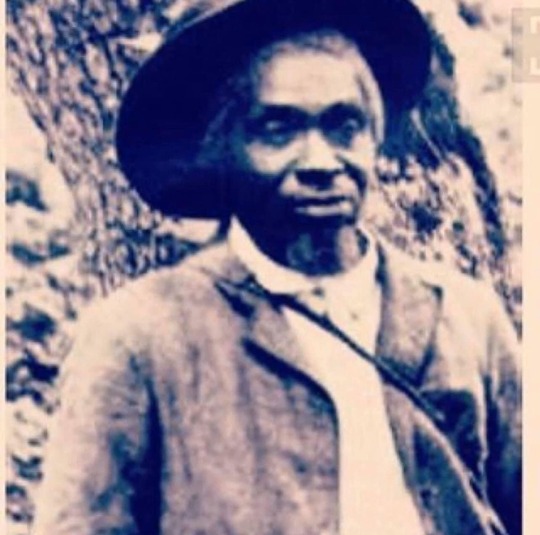
Alexander Ashbourne was born into slavery circa 1820 in Philadelphia, and lived to be 95 years old. He moved to Oakland, California, in the 1880s to run his own grocery store. However, his greatest invention still lives on today.
Alexander Ashbourne is best known for his patents that made coconut oil accessible for domestic use. Mr. Ashbourne received a patent for treating coconut on Aug. 21, 1877. He received patent number 194,287 for his process. The process for refining the oil includes: filtration, bleaching, heated to a very high temperature, and it is hydrogenated to ensure that no unsaturated fatty acids are left in the oil. He also gained a patent for a process for preparing coconut oil on July 27, 1880. He started working on this refining process in 1875, and continued until 1880.
Mr. Ashbourne’s process is still used today and has been built upon by food companies worldwide. Thanks to his work, coconut oil is used in hair products, foods and scented products.
In addition to coconut refining, Mr. Ashbourne patented his biscuit cutter invention on May 11, 1875. Before the biscuit cutter, cooks had to shape biscuits by hand.
#BlackHistoryMonth #BlackCulinary #TBT #BlackGirlsCook #blackhistory
#black history month#black history#black business#black business owner#coconut#coconut oil#Alexander Ashbourne
21 notes
·
View notes
Text






1873 Ordnance Revolver Calibre 11mm Date: 1877
The 1873 Revolver was originally finished in the white
A French 6 shot 11mm Model 1873 ordnance revolver, the barrel engraved "Mle 1873" and stamped on the right side "S 1877", the frame engraved "M(re) d'Armes St Etienne", with chequered wood grips and lanyard ring.
The Chamelot-Delvigne 11mm Modele 1873 was adopted by the French army as a service revolver for non-commissioned officers.
Although replaced by the Modele 1892 revolver, it was nevertheless widely used during the First World War and issued to reserve units in 1940. The French Resistance made widespread use of it during the German occupation.
The Revolver model 1873 was produced between 1873 and 1886, Production quantities were circa 388,105 revolvers
Serial Number Range for 1877 is G 23609 to G 60483 Production Quantities for 1877 was 36,875 Revolvers
5 notes
·
View notes